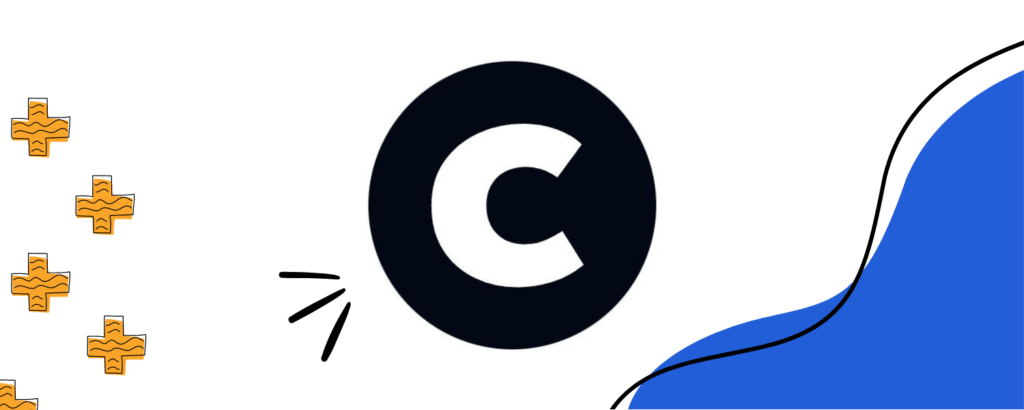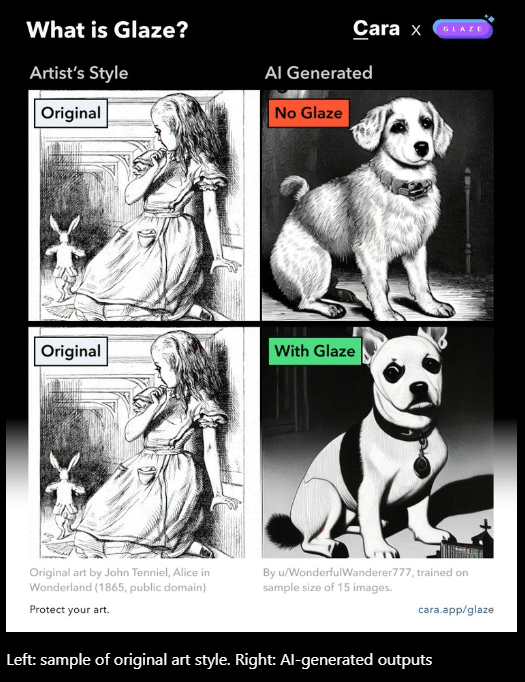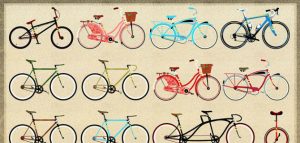The recent news that Meta is using our public posts to train their Artificial Intelligence (AI) models left many of us with an unsettling feeling, especially the artists.
Seriously, imagine being an artist in this AI-driven world.
If you’re an artist, you might feel a bit uneasy with some AI advancements. Not because you think AI will replace you, but because you might be afraid of two main things:
- AI stealing your intellectual property to generate artwork.
- People not recognizing the value and originality of your work after believing they can generate any creative work with AI.
These are genuine concerns, and driven by them, many artists have decided to ditch Meta’s social media platforms like Instagram and Facebook. But if they still need to share their art and build communities, is there an alternative path?
Apparently, there’s one, and it’s called “Cara.” In this post, I’ll answer most of your questions about the platform. Dive in!
- What Is Cara?
- Who Is Cara’s Founder and Team?
- What Does Cara Look Like?
- What Does Cara Mean for Artists?
- How Does Cara Protect Artwork?
- What Are Cara’s Pros and Cons?
- Is There Anything Shady in Cara’s Privacy Policy?
- Final Thoughts: Pondering the Future of Art in an AI-Driven World
What Is Cara?
“Cara is a social media and portfolio platform for artists.” Straightforward, right? That’s how they define themselves on Cara’s “about” page.
In response to the spread of generative AI, Cara aims to filter out AI-generated images, providing a space where genuine human creativity can be easily found and appreciated.
The platform (in open Beta) addresses the ethical concerns of current AI tools, advocating for regulations to protect artists’ rights. They stand against artwork being scraped from artists’ portfolios without consent to train AI models.
They also ensure that AI-generated content, if allowed at some point, will be clearly labeled.
Who Is Cara’s Founder and Team?
The founder is a badass woman named Jingna Zhang, who graduated from the School of Business at Stanford University and has been in the art industry for 20 years.
She believes the Cara app is the new home for artists since major companies left them adrift.
The team comprises volunteers like Katie Borisov, a Senior Production Engineer, and Jake RT, a PhD Student and Full-Stack Engineer.
The volunteers claim to dedicate themselves to fostering a community that respects and prioritizes the human factor in art.
What Does Cara Look Like?
“It looks like X (former Twitter) and Instagram had a baby,” I read in one of Reddit’s threads, and it’s probably the best description of Cara’s look and feel so far.
When you open the app you immediately see a box that says, “What’s happening?” with a 5000-character limit. Below it there’s the feed where pictures and videos from other artists appear after you follow them.

On the right side, you can see a few sections:
- Latest Discussions;
- Open Talk — where people drop any thoughts they’d like to share and others can interact with them;
- Latest — trendy hashtags, and
- Artwork Categories.
The top menu includes options like access to Cara’s blog. The blog isn’t popular yet, with low traffic and short-form posts, but it’s updated regularly. Topics discussed include events, Cara’s new features, troubleshooting info, and even a selection of the community’s work.
There’s also a Jobs board to help artists find job opportunities and a “Buy Cara a Coffee” button for donations, starting at $5.
What Does Cara Mean for Artists?
Imagine a magical island where AI can’t touch your art—no scraping, no stealing, just pure, unadulterated creativity. That’s what Cara intends to be for you!
It’s a social media platform tailor-made for artists who are tired of Meta’s AI antics. Cara grew faster than a speeding brushstroke, leaping from 40,000 to 650,000 users in a week because artists have had enough.
On Cara app, you can showcase your masterpieces without the fear of them being fed into a soulless machine. It’s like Instagram and X had a baby, but the baby respects your copyright.
So, what does Cara mean for artists? For many, it means freedom, respect, and a vibrant community that gets them.
An expert take on Cara
I asked Tiago Belotte, CoolHow Lab founder and AI specialist, for his thoughts on Cara, and here’s what he shared:

“The Cara app is undoubtedly a great option for artists and creatives in general who don’t want their work used to train AI. Especially at a time like this, when in most parts of the world there is no specific legislation protecting copyright. Even more, there is no transparency from platforms about which content has been, is being, and will be used for training AI systems. The mass adoption of Cara and other new apps like Noplace, which has been all the rage in the USA lately, reflects the importance of considering people’s opinions on a topic that has such significant impacts on our lives and work.”
How Does Cara Protect Artwork?
Cara adds “NoAI” tags by default to all the artwork uploaded to the platform. They describe it as a door lock to prevent the bad guys (AI data miners) from getting in.
But they also warn that some experienced unwanted visitors might break in regardless of the lock. They see it as a first step in protecting artists’ privacy, but not the definitive solution.
With Cara’s partnership with the University of Chicago’s Glaze project, your art gets an extra shield against AI scraping.
How does Glaze work on Cara?
Imagine your artwork wearing an invisibility cloak against pesky AI copycats—that’s Glaze in action! Glaze is a tool designed to thwart generative AI models from mimicking an artist’s unique style.
By subtly altering your artwork, Glaze makes it super tricky for AI to replicate your creative flair. It’s like giving your art a secret handshake that only human eyes can truly appreciate!
What Are Cara’s Pros and Cons?
I must admit, I downloaded the app just to poke around for now. Plus, I’ve read a few Reddit threads on the app to come up with this list. Here’s my take on Cara’s pros and cons:
Pros
- Small artists can feel more welcome since the app won’t favor just the popular and already established artists.
- AI art won’t overshadow human-made art.
- The platform includes tools specifically designed for artists, such as portfolio hosting, customizable home feeds, and automated AI image detection and filtering.
- The platform layout is simple and straightforward. It’s easy to find information.
- By partnering with the Glaze project, Cara offers additional protection against AI mimicry, helping artists safeguard their unique styles.
- Cara’s commitment to ethical practices in the use of AI and data privacy resonates with artists concerned about the misuse of their work.
- It’s just in the beginning but already has a considerable number of users and interesting features, showing promise for the near future.
Cons
- It may segregate artists and keep them away from clients who most likely won’t be on this social media, unlike Instagram, where artists have more opportunities to reach and interact with the general public.
In one of Reddit’s threads, a user stated: “I just checked it out and I really like that their explore page shows a bunch of posts with just a handful of likes, made by creators with small numbers of followers. […] I’m really curious about the job prospects through Cara. […] If the community is all artists, who’s paying for work?”
- You might notice some dust balls rolling around since it’s still a bit empty compared to Instagram or Facebook.
- Some users claim that it may not feel like social media, but rather like ArtStation.
- The platform shuts off quite often. I had to reload the page a few times in 30 minutes of use.
- As a fully bootstrapped platform with a small team, Cara may face challenges in scaling and providing consistent support to its rapidly growing user base.
- Without venture funding or a clear monetization strategy, Cara’s long-term financial sustainability might be a concern, affecting its ability to innovate and expand.

Is There Anything Shady in Cara’s Privacy Policy?
I read Cara’s privacy policy from top to bottom and couldn’t find anything too shady, but here are some important highlights to help you decide if you want to create an account on Cara:
- No Auto-Gathered Info: No personally identifiable information is automatically gathered. Pay attention to the word “automatically” because later in the text they mention that they may gather some personal information (like your name and email) with your consent through forms and surveys to improve their product.
- User Responsibility: You’re responsible for the personal information you decide to share.
- No Selling Info: They promise never to sell your personally identifiable information to third parties.
- Children’s Privacy: Cara explicitly requests that people aged 16 and under do not submit any personal information, and any such information discovered will be deleted.
- Non-Personal Info: Non-personal information like the browser being used, IP address, accounts you connect, and types of interactions you have may be gathered to “enhance your online experience” (they repeat this multiple times).
- Cookies: They use cookies to save preferences and passwords for you, and to collect info processed by Google Analytics so they can see the number of sessions, users’ locations, and other information that may help them improve their site. You can reject cookies anytime.
- Updates: The privacy policy was last updated on January 2, 2023, and may be updated at any time. “You are bound by any such revisions and should therefore periodically visit this page to review the then-current Online Privacy Policy to which you are bound.”
- Opt-Out: Users can opt out of receiving communications from Cara and can request the deletion of their accounts and personal data.
A conspiracy theory?
Some users worry that Cara doesn’t allow AI-generated work yet because they’re actually trying to collect high-quality artwork to train AI themselves.
This kind of conspiracy theory doesn’t hold water, though, since Jingna, the founder herself, joined in 2023 the lawsuit against Stability AI, DeviantArt, Midjourney, and Runway for exploiting artists’ work.
Now, Cara’s founder is suing Google for the same reason, along with fellow creatives.
Final Thoughts: Pondering the Future of Art in an AI-Driven World
As we navigate this AI-driven world, it’s important to think about the implications of using artists’ work without permission. The Cara app is a shining example of how we can preserve genuine human creativity in an era of AI.
Picture a world where every unique piece of art is at risk of being copied by machines. For artists, this isn’t just a worry—it’s a real threat to their creative expression. But even if you’re not an artist, shouldn’t we all be a bit concerned?
AI has brought amazing advancements, but it also raises serious ethical questions. If we let AI learn from and mimic human creativity without consent, we risk losing what makes art so special.
It’s not just about protecting artists’ jobs; it’s about preserving the soul of creativity itself.
Cara offers a glimpse into a future where technology and human artistry can coexist peacefully. It’s a reminder for all of us to think about the role of AI in our lives and the values we want to uphold.








